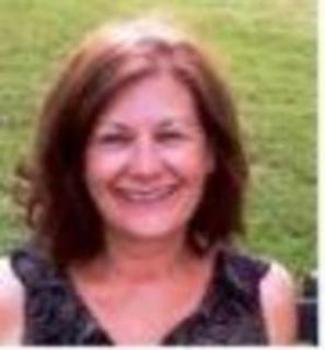Question
Is the funding source critical to the successful outcome of an AAC assessment?
Answer
Securing funding for AAC or speech-generating devices from third-party sources is slowly becoming an easier, more predictable, and rule-governed matter. The process of obtaining an AAC device is driven by the assessment. A collaborative team of individuals, all bringing some level of knowledge regarding the individual and the technology, will direct this process in a timely manner. Effective documentation drives the process of acquiring augmentative and alternative communication (AAC) services and devices. Many professionals view the term "documentation" as synonymous with "paperwork". Mohanty (2001) and Thompson (2003) remind us that clear and comprehensive documentation shares equal footing with providing services, which in this case is assessment services. Proper documentation will justify the need and effectiveness of AAC, and will provide a legal record of events. The process of proper and ongoing documentation will assist all stakeholders, including the professional, payer and end user with ascertaining the most appropriate, as opposed to the most promising, services and device(s).
This Ask the Expert was taken from the course entitled: AAC: Demystifying the "Assessment Process " presented by Patricia Ourand, M.S., CCC-SLP.
Please visit the SpeechPathology.com eLearning Library to view all of our courses on AAC and many other topics in the field.
Patricia Ourand, M.S., CCC-SLP, holds a Master's degree in Speech Pathology from Loyola College in Baltimore, MD, as well as a Master's degree in Technology for Special Education & Rehabilitation from the Johns Hopkins University in Baltimore, MD. She is currently the President of Associated Speech & Language Services, Inc., a speech-language pathology practice, serving the Baltimore/Washington area, and specializing in assistive technology (AT) and augmentative and alternative communication (AAC).

